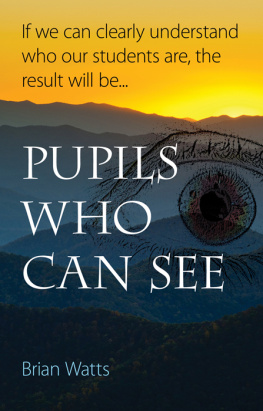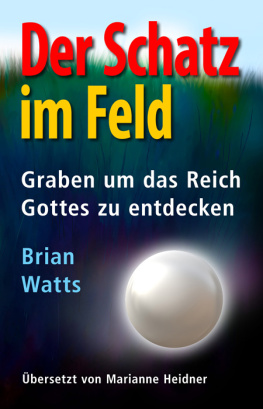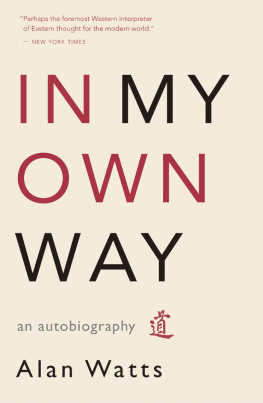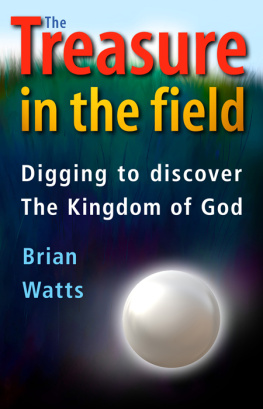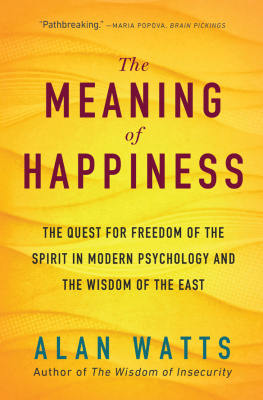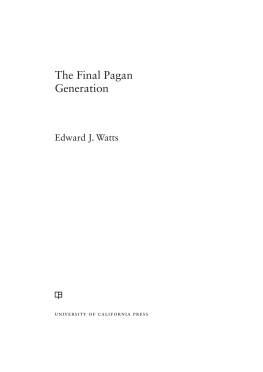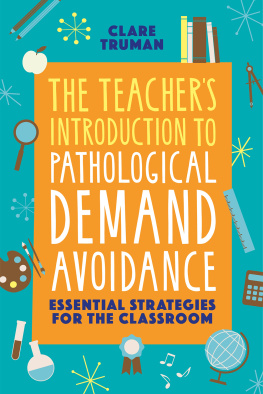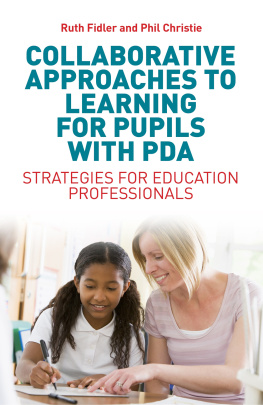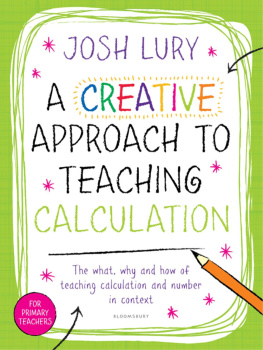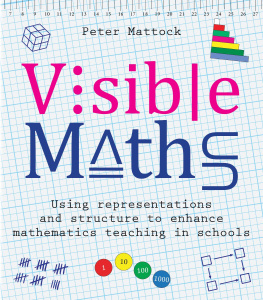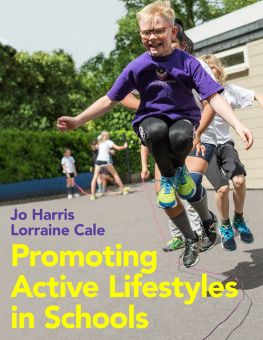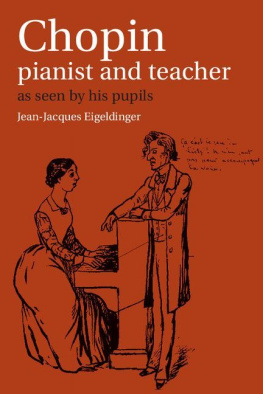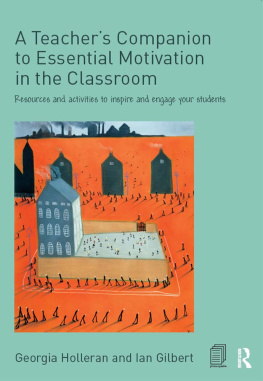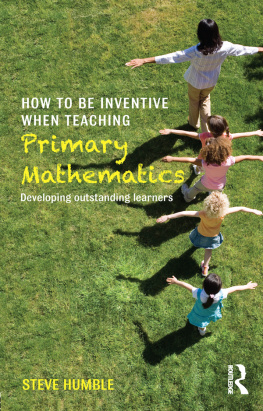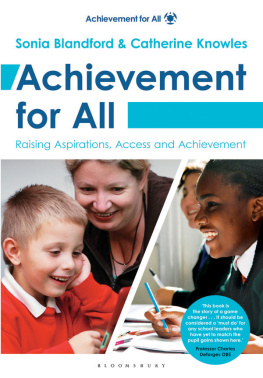Watts - Pupils Who Can See
Here you can read online Watts - Pupils Who Can See full text of the book (entire story) in english for free. Download pdf and epub, get meaning, cover and reviews about this ebook. year: 2013, genre: Children. Description of the work, (preface) as well as reviews are available. Best literature library LitArk.com created for fans of good reading and offers a wide selection of genres:
Romance novel
Science fiction
Adventure
Detective
Science
History
Home and family
Prose
Art
Politics
Computer
Non-fiction
Religion
Business
Children
Humor
Choose a favorite category and find really read worthwhile books. Enjoy immersion in the world of imagination, feel the emotions of the characters or learn something new for yourself, make an fascinating discovery.
Pupils Who Can See: summary, description and annotation
We offer to read an annotation, description, summary or preface (depends on what the author of the book "Pupils Who Can See" wrote himself). If you haven't found the necessary information about the book — write in the comments, we will try to find it.
Watts: author's other books
Who wrote Pupils Who Can See? Find out the surname, the name of the author of the book and a list of all author's works by series.
Pupils Who Can See — read online for free the complete book (whole text) full work
Below is the text of the book, divided by pages. System saving the place of the last page read, allows you to conveniently read the book "Pupils Who Can See" online for free, without having to search again every time where you left off. Put a bookmark, and you can go to the page where you finished reading at any time.
Font size:
Interval:
Bookmark:
Pupils Who Can See
Brian Watts
Published by The Kings Centre, PO Box 28, Langley, BC, Canada, V0X
www.tkc.com
Copyright 2013 by Brian Watts
Langley BC Canada
All rights reserved. No part of this publication may be reproduced, stored in a retrieval system, or transmitted in any form or by any means without the prior written permission of the publisher.
Short extracts may be used for review purposes.
A school without children is like an aquarium without fish. You might have a tank filled with water, but it is only an aquarium when there are fish in it, a school of them. The aquarium is all about the fish. And similarly, we might have great facilities, wonderful curriculum, well-equipped classrooms, computers, a library of books and even a band of highly qualified teachers but without the kids it is not really a school.
In a previous book, What do you Learn in School? (2004: Destiny Image Europe. Available at www.tkc.com) we looked at curriculum through a biblical lens. In the sequel, our focus shifts to the child. In order to be effective in our educational programs, whether as teachers or as parents, we need to understand our children. And the Bible is as clear about the nature of the child as it is about what and how we are the teach them.
Where old fashioned educators took a dim view of children, many modern educational theories have viewed the child through rose-tinted spectacles. The Bible offers a uniquely realistic perspective. Surprisingly, it demonstrates both darkness and light in ways that no human view of the child can match. It sees the darkness of the reality of sin in a childs heart; darkness that goes far deeper than the demeaning dim view of the child as a nuisance and an inconvenience, as expressed in the old maxim that a child should be seen and not heard. But it also has a far brighter hope; it envisages, for a creature made in Gods image, a destiny far more brilliant than can be imagined in the dreams of an evolutionary secularists description of human potential and inherent goodness.
So, in the pages that follow, we take a fresh look at the child as a student. We paint a contrast between fallen-ness and destiny. And we take a broad brush to lay out the developing picture of the child who becomes a teenager en route to adulthood. This is a biblical portrait of the child in the process of learning.
Teachers live for penny-dropping moments. A hard day in the classroom is worthwhile when you see a child finally, suddenly understands. I get it! In a flash of revelation, fractions make sense. In a moment of wonder, it suddenly becomes clear how photosynthesis works. Or better yet, the child sees that the Fibonacci pattern in the spirals of the sunflower seeds is one of Gods fingerprints left on his creative handiwork. How can we help them to get it? Knowing who they are and what makes them tick is vital. If we can clearly see who our students are, the result will be pupils who can see.
Christian Education takes a biblical view of child development
Chapter 1.
A little girl was diligently pounding away on her fathers word processor. She told him she was writing a story. Whats it about? he asked. I dont know, she replied. I cant read.
Children are cute. But their cute sayings and cute actions are only cute for a brief season. If they dont grow up and change, if they dont, to use Pauls phrase, put away childish things, what once would have been considered cute becomes troubling and sad. Our story of a little girls first attempts at being an author is only cute if we imagine her being about three years old. If she was a little girl of thirteen and still couldnt read, the cuteness has become a tragedy.
Educational psychologists have done a lot of helpful research to classify the various stages of child development and the appropriate skills and learning outcomes that teachers should focus on at each stage. The Bible also suggests distinctions between the various stages of development in children. In the New Testament in particular, the vocabulary available in the Greek language highlights the differences. The writers there use their terms carefully, reflecting a traditional Hebrew understanding of the stages of childhood. The Hebrew model does not have the detailed nuances of modern psychology, but gives us a simple yet accurate way of looking at the child.
The writers of Scripture broadly distinguish between three stages, which, in the English language, roughly correspond to infancy, childhood, and adolescence (though this latter term is rather misleading in comparison with the way teenagers were viewed in biblical times).
In the Greek language, there are a number of different words used to describe children. The most general word (teknon) refers to the biological relationship between parent and child. But other words highlight developmental stages. For example, two words (paidon and brephos) are used to describe what today we would call infancy. A different word (nepios) denotes childhood. But beyond childhood comes, not adolescence, but sonship (huios). Here the focus is on the privileges associated with coming of age rather than simply biological descent. We will later give more careful thought to the way the Bible describes adolescence and the transition from childhood to adulthood, with its profound implications for what we expect of High School students. But before we explore either childhood or adolescence, we will begin with a brief look at the infancy stage.
Starting young
Our concern in this book is to understand how the Bible views children, so that we are better able to develop our educational strategies around an accurate assessment of the key players. Our goal as teachers is to teach children, not simply to teach information. So, whether we are home-schooling parents or teachers in Christian schools, we need to understand children as least as much as we need to understand the information we plan to impart. The formal educational programs do not usually include the infancy stage, but unless we start here, our earliest attempts at kindergarten schooling will already be in trouble.
The reality is that most issues are settled in infancy and early childhood. The Jesuits had a saying: Give me the child until he is seven, and I will show you the man. They understood that by that age, a childs life-course is generally set, and the likelihood is that he will remain true to that course. My years of observation in Christian schools bear out the Jesuits pragmatic approach: if you look carefully at students in Grade 2 or 3, it is usually already clear what kind of students they will prove to be in their final years of High School. There is no more important department in a Christian school than the kindergarten and Grade 1 classes!
We need not be fearfully fatalistic in this, as if to say there is no hope for a struggling child who has hit the grand old age of eight! The gospel of the grace of God reaches down to those who are walking along the wrong path. There is always hope for the Prodigal Son. But parents and teachers should not be banking on such a dramatic teenage conversion experience. Rather, they should recognize the vital importance of the impressionable early years of childrens lives, and devote themselves to setting a course that will never need to be changed. Wonderful as the story of the Prodigal Son is, it is still far better never to wander off in the first place (though of course those who do not become prodigal must avoid the self-righteous attitudes of the elder son in Jesus story as well!).
For good or bad, training is always happening, and it is always effective. The only question is What sort of training s going on? Proverbs 22:6 tells us that as we train up a child in the way he should go, when he is old he will not depart from it. This is a good news / bad news verse. The good news is that it offers a reassuring promise to parents who raise their children in the ways of God. The bad news is that an older person is unlikely to depart from the way that he learned in his childhood if his early training pointed him in the wrong direction. Either way, this scripture is the foundation of the Jesuit maxim we referred to above.
Next pageFont size:
Interval:
Bookmark:
Similar books «Pupils Who Can See»
Look at similar books to Pupils Who Can See. We have selected literature similar in name and meaning in the hope of providing readers with more options to find new, interesting, not yet read works.
Discussion, reviews of the book Pupils Who Can See and just readers' own opinions. Leave your comments, write what you think about the work, its meaning or the main characters. Specify what exactly you liked and what you didn't like, and why you think so.

